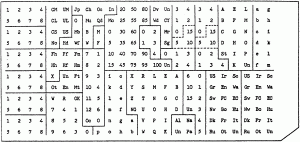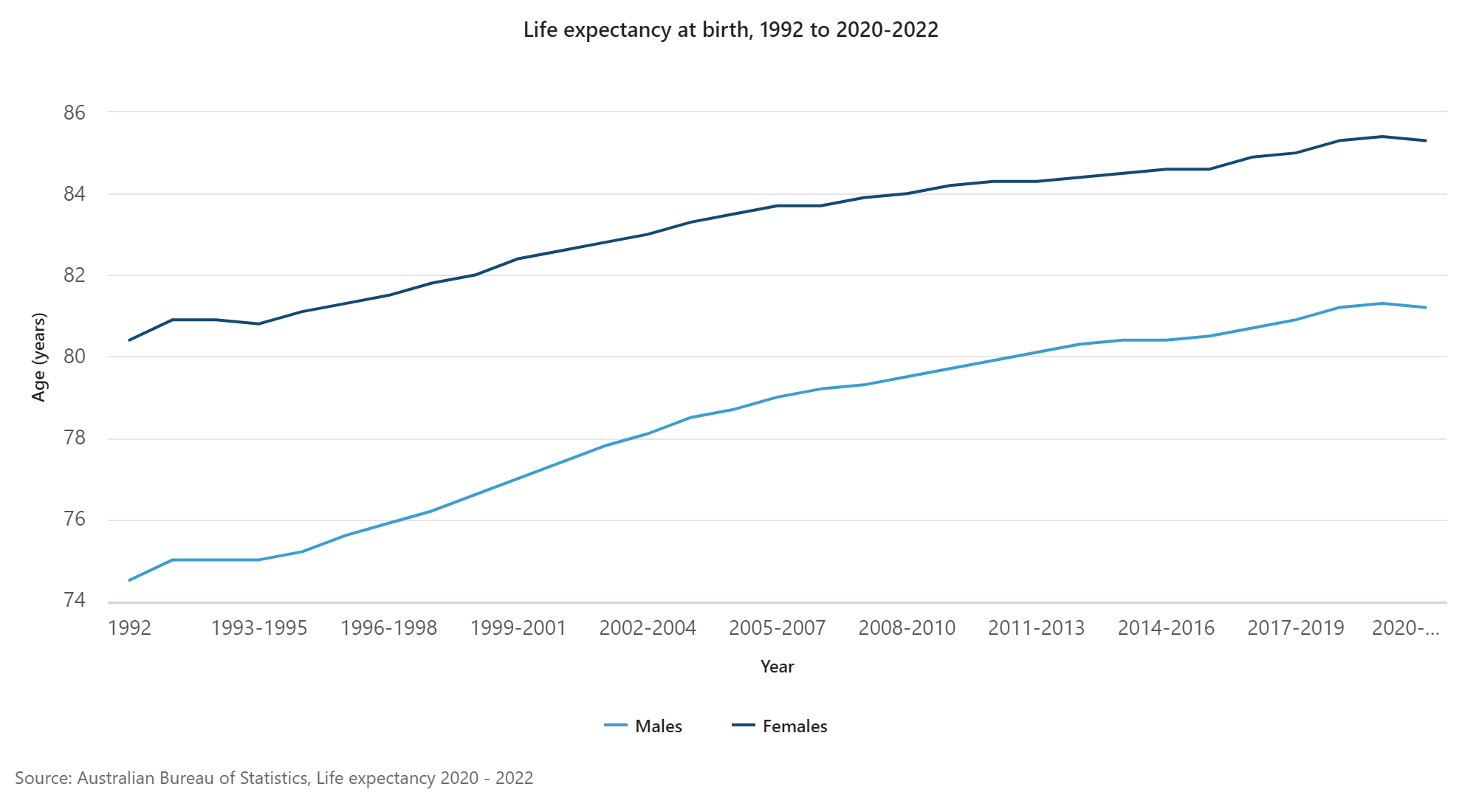Necessity, they say, is the mother of invention. This has never been more true than in the case of the US Census of the late 1800’s, which in many ways set the wheels in motion for the development of the modern computer.
.jpeg?width=259&height=194&name=Hollerith-machine%20(2).jpeg)
Firstly, the Census for any country of a significant size creates a massive amount of data, which takes a considerable time to check, process and analyse.
In the US, since the 1850’s, the Census has been conducted every 10 years. This 10 year timeframe is actually written into the US constitution.
Problems for the US Census began when the population of the USA increased markedly between 1870 to 1880, from 38 million to over 50 million. Being a census, that meant over 50 million information sheets had to be created, collected, sorted and tabulated – all without the aid of any computing power.
Not surprisingly, the US Census Bureau struggled and in fact did not publish the results of the 1880 census until 1889, just one year before the census was due to be run again.
Clearly, something had to change.
Herman Hollerith provided that change, by developing a “tabulating machine” which could “read” punched cards. The cards would hold the information for each census subject, the census collector having “punched out” holes in the card to record the characteristics of age, sex, race, birthplace and so on.
Hollerith’s invention in fact had a number of key elements:
- a manual “pantograph” punch to transfer data to cards to be used by Census collectors
- an electo-mechanical tabulator device which could “read” each card. This device employed an array of pins which when pressed down on the card went through the holes to make contact with small cups of mercury underneath. This completed a circuit which registered on a dial.
- a sorter which used the same pin array /mercury cup mechanism to open a chute into which the card was manually placed.
Hollerith was engaged to assist in the tabulating of the 1890 US Census, and was paid $750,000 for the job, a massive sum at the time. The results were delivered months ahead of schedule and under budget.
Hollerith’s Company, the Tabulating Machine Company, was subsequently hired to complete the same tasks for other Censuses in the late 1800’s and early 1900’s, including Austria, France, Canada and Russia.
The first machines could only count the cards and tabulate the results, but Hollerith refined the design of the machine in subsequent models to be able to add, thus broadening their scope to accounting, warehousing, and shipping applications.
The Tabulating Machine Company merged in 1911 with three other companies, International Time Recording Co, Bundy Manufacturing, and Computing Scale of America to become the Computing Tabulating Recording Company.
In 1924 the Computing Tabulating Recording Company changed its name to International Business Machines – better known as IBM.
The IBM “80 column card” that was the mainstay of computer programming for mainframes right up until the 1980’s was directly descended from Hollerith’s card design – including the “corner cut” to prevent cards being loaded upside down.

IBM continues to be involved in the Census to this day – in fact it was awarded a contract in 2007 to provide data tabulation and dissemination services in support of the 2010 US Census and other key Census Bureau surveys.
The value of the contract was $89.5 million over 9 years – probably similar to Hollerith’s contract in today’s dollars!
Thanks to Hollerith (and that other small invention, the Internet) the 2011 Australian Census results will be delivered just ten months after the Census was conducted.
All proof that regular Censuses have provided more than just detailed information about our world – they have led to new developments and inventions that have shaped the way we live.
If you would like to receive more Census updates , do follow us on twitter @dotid or subscribe to our blog (above). You may also like to visit us at id.com.au where you can access our demographic resource centre.

.jpeg?width=259&height=194&name=Hollerith-machine%20(2).jpeg)









